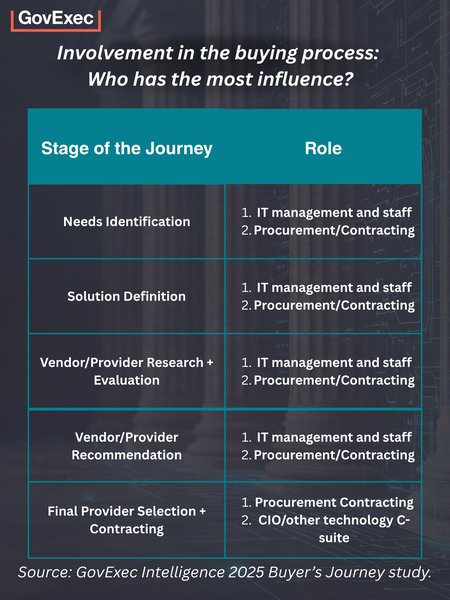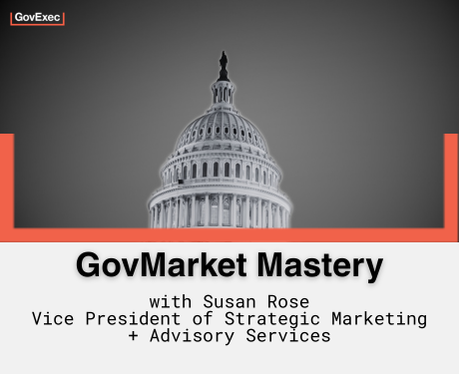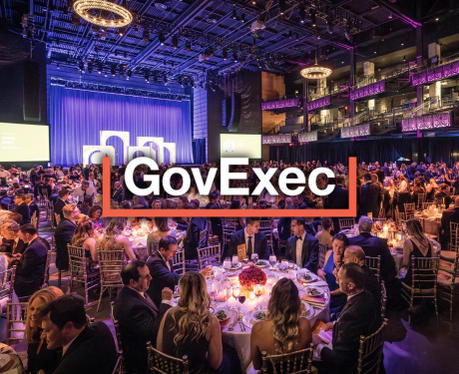Early in the process, IT managers and staff are defining problems and exploring potential solutions. Later, procurement officials and the CIO’s office take the lead in evaluating vendors and making final decisions.
This means messaging must flex based on the stakeholder. For example, an IT director prioritizes technical fit and scalability, while a procurement officer focuses on contract compliance and cost. The CIO, on the other hand, wants long-term alignment with enterprise strategy and risk management.
5 Must-Dos for Reaching SLG Decision-Makers
Understanding who holds influence is just the beginning. You must also consider what they value and how to engage them effectively. Our latest Content Marketing Review revealed several critical preferences among SLG buyers:
- They want substance, not spin. Over half of respondents found overt sales pitches in content annoying. Instead, they prefer data-driven insights, real-world examples, and actionable guidance.
- They do their own research. Nearly two-thirds of people will search online for information, which makes your digital presence – website, SEO, social media, and gated content – essential.
- They value peer input. Case studies and testimonials, especially from similar agencies, carry weight.
With these expectations in mind, here are five key strategies for effectively reaching SLG buyers.
1. Tailor Messaging to Local Priorities
National tech trends, like cloud and AI, influence SLG decisions, but local context matters more. A CIO in Kansas has different needs than one in Los Angeles. Customize your outreach to address region-specific pain points, such as broadband access, disaster response, or workforce modernization.
2. Highlight Security and Compliance
Cybersecurity is a top concern, especially as SLG agencies often lack the resources to defend against sophisticated threats. Emphasize how your solution aligns with federal and state security frameworks (e.g., NIST, CJIS) and demonstrate how you handle data residency, accountability, and risk mitigation.
3. Demonstrate Cost-Effectiveness
With tighter budgets than their federal counterparts, SLG buyers need to see value. Show how your solution saves money or improves efficiency. Share clear ROI data and results from similar deployments to support your claims.
4. Leverage Peer Influence
SLG buyers frequently look to peer agencies when evaluating technology solutions. Create case studies, white papers, and testimonials that tell the story of how your solution solved a real-world problem. Keep the tone educational rather than promotional.
5. Align with the Procurement Cycle
Purchases at the SLG level are governed by procurement timelines and approval gates. Learn the budget cycle for your target agencies and align your campaigns accordingly. Many finalize their budgets in Q1 and Q2, meaning your brand should be top-of-mind in Q3 as they start purchasing technology.
The SLG market rewards B2G marketers who invest in understanding the buyer's journey, mapping messaging to the right stages and stakeholders, and prioritizing clarity, trust, and value.
It’s a complex space, but it’s also full of opportunity. If you’re ready to sharpen your state and local strategy and want more insights, don’t miss our upcoming webinar, SLG Modernization Meets Mandate: How GovCon Can Support Efficiency.
Register for the Webinar


